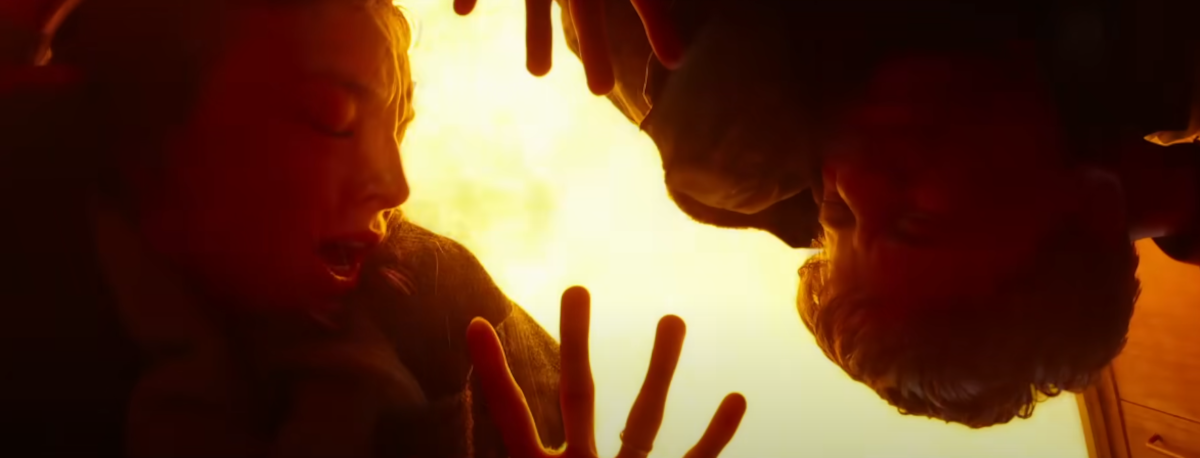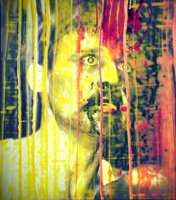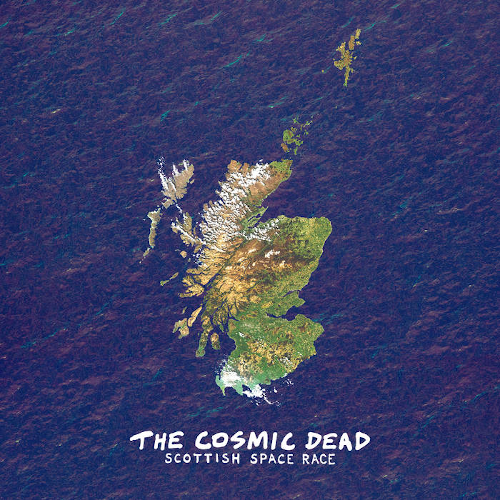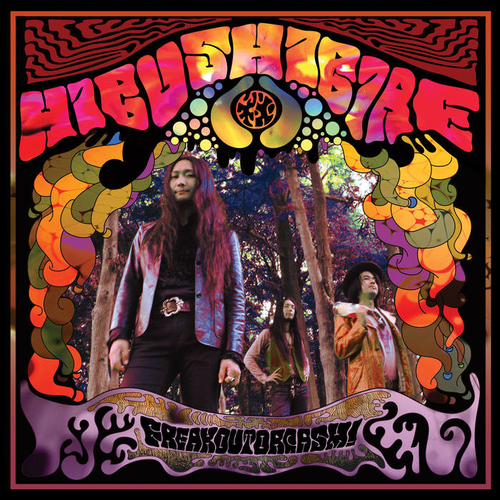 Geography is again a major factor in the organisation of the premise for maximum thrills, but instead of a deserted London we find ourselves on a small island, whose narrow causeway connecting it to the mainland acts less as an umbilical cord for its wizened inhabitants and more as a gauntlet to be run. That obscene juxtaposition of hopelessness and despair against a backdrop of idyllic countryside, which gave the original movie so much horrific power, is spread more liberally across this new landscape.
Britain’s self-mythologised status as an island nation, haughtily indifferent to the troubles of the rest of the world (no matter how many we had a direct hand in causing), is developed by writer Alex Garland to its logical conclusion. The country has been transported back, if not quite to the Stone Age, then at least to some form of pre-lapsarian self-sufficiency that neighbours both the survivalist dystopia of Red Dawn and the amiable post-hippy dream of 1970s TV sitcom The Good Life.
Geography is again a major factor in the organisation of the premise for maximum thrills, but instead of a deserted London we find ourselves on a small island, whose narrow causeway connecting it to the mainland acts less as an umbilical cord for its wizened inhabitants and more as a gauntlet to be run. That obscene juxtaposition of hopelessness and despair against a backdrop of idyllic countryside, which gave the original movie so much horrific power, is spread more liberally across this new landscape.
Britain’s self-mythologised status as an island nation, haughtily indifferent to the troubles of the rest of the world (no matter how many we had a direct hand in causing), is developed by writer Alex Garland to its logical conclusion. The country has been transported back, if not quite to the Stone Age, then at least to some form of pre-lapsarian self-sufficiency that neighbours both the survivalist dystopia of Red Dawn and the amiable post-hippy dream of 1970s TV sitcom The Good Life.
Both Garland and director Danny Boyle share a sneaking admiration for the islanders’ hardy ingenuity, sometimes to the point where you start wondering whether they shared in the isolationist fantasy of Brexit. By that reasoning, the hordes of Infected barely kept at bay become illegal immigrants, or whichever imagined foreign enemy floats your offshore patrol vessel. Then again, this communitarian brave new world can hardly be a desirable one if it costs us our sanity as well as the material comforts we take for granted.
Alfie Williams’ tweenage hero Spike is caught between the film’s several personalities, not all of whom get along. At first he’s a trainee Ted Nugent out hunting with his grizzled father (Aaron Taylor-Johnson), his terrified features threatening to age him before his time. Music-video editing cuts the action up into bitty shot lengths that combine with the bleak cinematography and handheld camerawork to drag us into a sense of twitchy documentary reality.
This hyperactive commitment to subjectivity even extends to the Infected themselves, whose point of view is expressed in blood-red night vision, their eyes blazing in an elementary but effective visualisation of what ‘The Rage’ might actually feel like. What’s more, Garland comes up with some fascinating and explicitly gory ideas about the evolution of the virus, and the resultant stratification of the Infected into different levels of threat, as though their society were gradually replacing ours.
But there is some respite in more elegant compositions of sheltering trees and warming sunsets by day, or starry nights blanketing the lightless causeway by night. The stillness of these images, and of the remnants of civilisation decaying through its afterlife, is a clever inversion of the Infected themselves, who are far more mobile and vigorous in ‘death’ than they were in life. Either way, you can almost smell the aroma of unwashed armpits as Spike and his dad wander the forests on their Boy’s Own adventure to the harsh but nourishing bosom of nature. The second half takes on a more feminine-coded quality, as Spike cares for his feverish, mood-swinging mum (Jodie Comer) while they follow up on a promise of medical help. Until now the actors have been a secondary consideration to the rickety perpetual motion that charges every scene with the potential for danger, by which their already precarious lives could be snatched away at any moment.
The second half takes on a more feminine-coded quality, as Spike cares for his feverish, mood-swinging mum (Jodie Comer) while they follow up on a promise of medical help. Until now the actors have been a secondary consideration to the rickety perpetual motion that charges every scene with the potential for danger, by which their already precarious lives could be snatched away at any moment.
But here the film settles into the final stage of post-civilisational grief with an outstanding sequence where Ralph Fiennes’s Tango-smeared former GP, initially coming off as a descendant of Apocalypse Now’s Colonel Kurtz (complete with a bizarre memorial to the un-walking dead), teaches the boy the value of acceptance over struggle. This simple, sublime exchange not only makes the whole enterprise worthwhile, but is also one of the best and most moving scenes Boyle has ever committed to film. It would have made a perfect ending to the story, had he resisted the temptation to tease the sequel (due next January), thus sticking to his peculiar tradition of giving his films a daft tone-deaf climax.
On the whole, Danny Boyle’s career has prioritised style over substance, and 28 Years Later uses every trick in his ever-expanding directorial book in the hope of keeping up with the pyrotechnic expectations of younger, more easily distracted audiences. As a result, the film is mostly reduced to a superficially thrilling exercise in suspense, without enough narrative or emotional investment to dramatise its fascinating ideas in a truly satisfying way.-Stew Mott-



